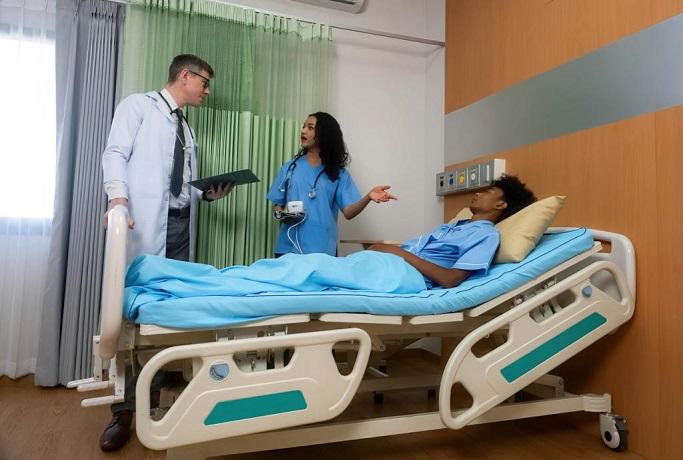Speedwell Software write ...
If you're pursuing a career in healthcare or a related field, chances are you've come across the term "OSCE" at some point. OSCE stands for Objective Structured Clinical Examination, and it's a vital component of many medical and healthcare education programs worldwide. Whether you're a medical student, nursing student, or a professional seeking to refresh your knowledge, understanding the OSCE essentials is crucial.
We’ve been helping medical schools and universities with their OSCE exams for over 30 years. During that time, our software has been used to help deliver countless OSCEs, so we understand how they work. In this blog post, we’ll take a closer look into what they are, the format and how best to prepare for one.
What is an OSCE?
An OSCE is a type of assessment used in medical education to evaluate a candidate's clinical skills, knowledge, and competence. However, unlike written exams, medical OSCEs focus on the practical application of skills in a simulated clinical setting. Generally, they involve a series of OSCE stations or scenarios designed to assess specific clinical competencies.
What is a typical medical OSCE format?
An OSCE often consists of multiple stations, each assessing a specific skill or competency. Here are the key characteristics of a typical OSCE:
- Station Setup: Each station is set up to simulate a clinical scenario. It may include standardised patients (actors trained to portray patients), mannequins, or clinical equipment.
- Timed Rotations: Candidates rotate through different stations until they have completed all stations in the circuit. They spend a fixed amount of time at each station, typically between 5 to 15 minutes.
- Objective Assessment: OSCEs are scored using a predefined rubric, ensuring that the assessment is objective and standardised. Examiners use the same criteria to evaluate all candidates and will enter marks on a mark sheet or online using software such as our eSystem. The criteria may include communication skills, clinical knowledge, procedural skills, and professionalism.
- Variety of Scenarios: OSCEs can cover a wide range of scenarios, from taking a patient's medical history to performing a surgical procedure or providing patient education.
Due to their nature, OSCEs are mainly conducted in an ‘in-person’ format, but certain circumstances may allow for online assessment. The pandemic is the perfect example, another is where travel or time out of the clinical setting may make in-person exams difficult. As a result, several remote solutions are available including the eSystem remote OSCE module.
How should I prepare for an OSCE?
- Review Clinical Knowledge: Ensure you have a strong foundation in clinical knowledge and theory relevant to the examination.
- Practice Clinical Skills: Regularly practice clinical skills, such as history-taking, and physical examination, alongside procedural techniques.
- Develop Communication Skills: Effective communication with patients and colleagues is vital. So, practice active listening, empathy, and clear communication.
- Time Management: Manage your time efficiently at each station during the examination. Practice using time appropriately, ensuring you complete all tasks within the allocated time.
- Familiarise yourself with the Format: Understand the structure and expectations of OSCEs. Often, you can find sample stations or practice exams online.
- Seek Feedback: Ask for feedback from mentors, instructors, or peers who have experience with this type of practical exam. Constructive feedback can help you improve your performance.
Conclusion
In medical education, the Objective Structured Clinical Examination (OSCE) plays an important role in assessing clinical skills and competencies. By providing a simulated yet realistic environment, medical OSCEs help ensure that healthcare professionals are well-prepared to deliver safe and effective patient care. Adequate preparation combines clinical practice, knowledge review, and time management for optimal success.



